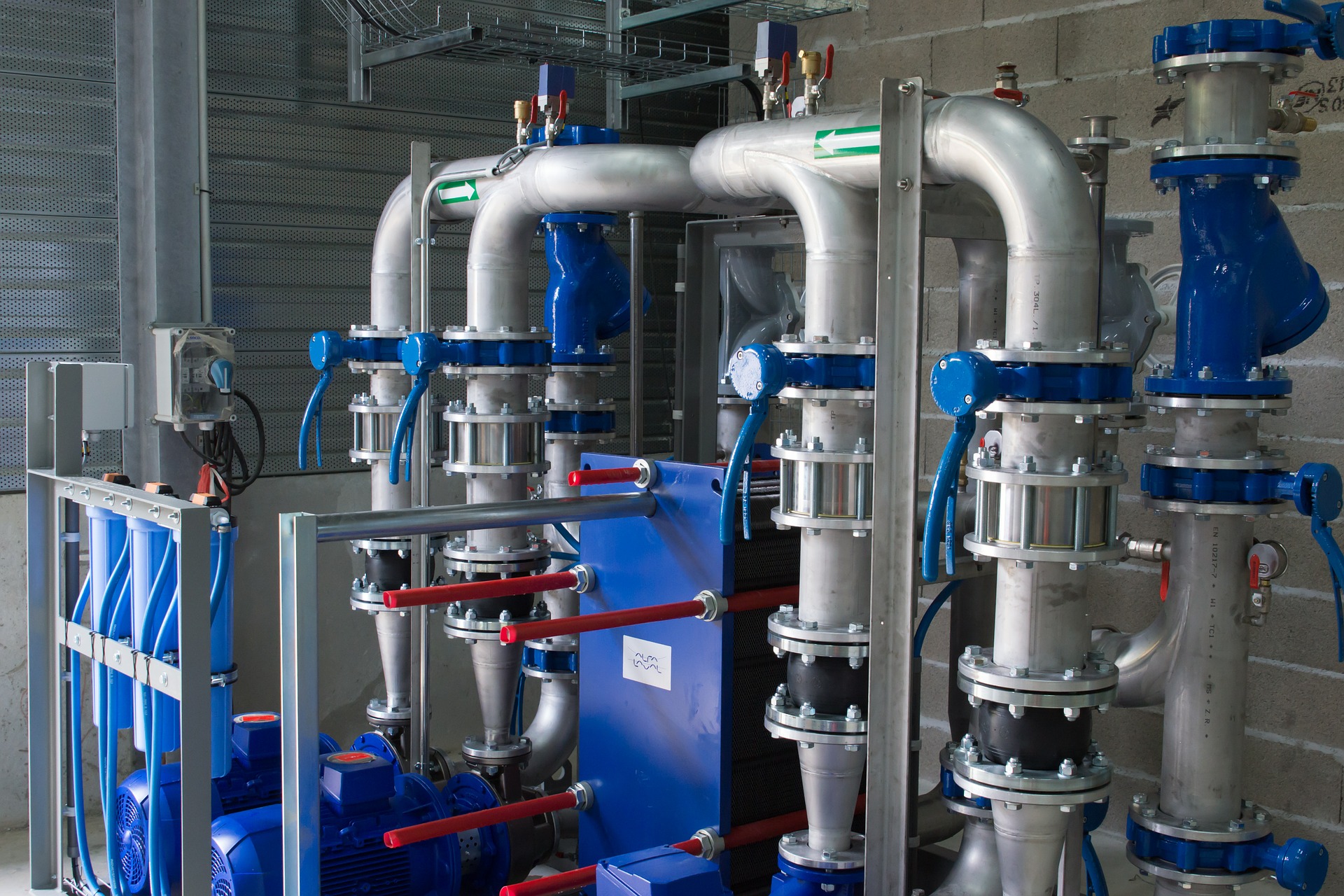An intelligent P&ID

27 October 2020
Sound familiar? The P&ID (Piping & Instrumentation Diagram) is not always prepared in the most efficient way and the standard practice is to copy and modify existing projects. This leads to errors and the process takes more time than expected. This blog discusses the P&ID in more detail, considers how to make it intelligent and looks at data management.
The engineering process for most projects starts with a graphical representation of the system that is to be automated. A P&ID is used for this if a process is involved.
.
In practice
The P&ID is a document that is prepared in the early stages of a project. It then serves as the basis for the different disciplines involved in the project, such as mechanical engineering and hardware & software engineering. The different disciplines regularly modify the document during the project in order to meet all the multilateral requirements. In order to design efficiently, businesses generally use a specially designed application to create a P&ID. In practice, this application is often not set up properly and functionalities are either not used or used incorrectly. An inefficient way of working is the end result. Copying and modifying existing projects is still one of the most widely used approaches today. However, this method is associated with a high risk of error, which can extend throughput times.
.
Efficient design
This process can be optimised if the business is prepared to invest time in setting up the P&ID design application properly. Defining company-specific symbols in the library means that they can be used repeatedly within the projects. This prevents errors caused by copying existing projects and ensures good knowledge management through use of a library. Other interesting and highly recommended functions include coding pipes and components and automatic placement of actuators in association with a valve. A further example is automatic adjustment of pipe diameters in accordance with a part that is placed in or on the pipe. All these characteristics are parametrised in data fields. Information that applies specifically to the part in question and says something about the mechanical or electrical characteristics of that part can also be stored under symbols.
.
Data management
In addition to the line drawings, a P&ID can also contain a significant amount of data, if it has been drafted using functional relationships. This data can be managed within the application, but there are also options for selecting and exporting your choice of data. For example, lists of materials, fittings and/or piping. In addition to exporting lists, the application also offers functionality for exporting and importing data. This functionality makes it possible to edit data outside the application and then incorporate it in the P&ID.
.
Interface with…
The ability to export and import data means that you can create an interface with external applications. Take an actuator as an example. The P&ID data fields associated with the symbol contain information about the actuator’s electrical design specification. By exporting and importing the data fields to an external (design) application, you can ‘synchronise’ part of the electrical design diagram or software code based on the data. When changes are made to external data – e.g. a technical value – that change can be imported back into the P&ID by reversing the process. In addition, you can also automatically change the symbol if the design specification changes when the data is imported back into the P&ID.
.
Finally
Ask yourself and your colleagues how the process for P&IDs is currently structured. Do some of the challenges referred to above sound familiar, or do you believe that the process can be speeded up or improved? There are all kinds of interesting possibilities for optimising the P&ID design process. Optimising the P&ID design process not only simplifies the task of actually drawing the P&ID, it also transforms a P&ID into an efficient source of information for the subsequent engineering phases.